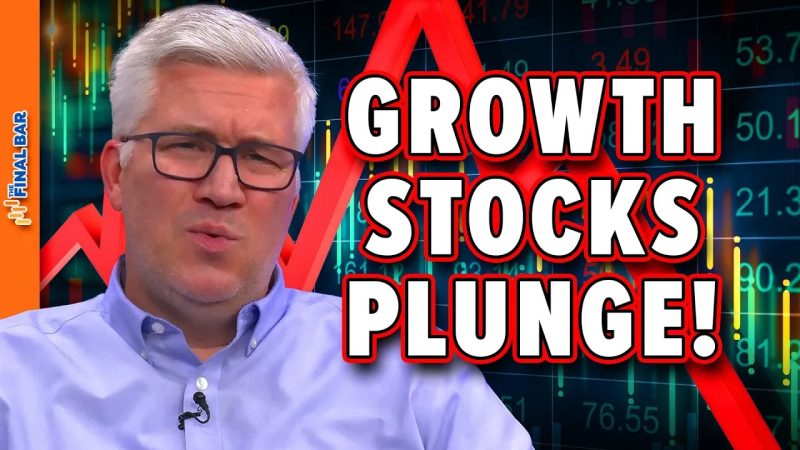The recent decline in growth stocks and the breaking of a key trendline by the S&P 500 have left many investors concerned about the future direction of the stock market. This shift in market dynamics has sparked a debate among analysts and investors about the sustainability of the current bull market.
One key factor contributing to the decline in growth stocks is the rising interest rates and inflation concerns. As the Federal Reserve begins to tighten its monetary policy to curb rising inflation, investors are reevaluating their positions in growth stocks, which are more sensitive to changes in interest rates. The pressure on growth stocks has been exacerbated by earnings reports that have failed to meet lofty expectations, causing investors to reassess the valuations of high-growth companies.
Another factor driving the recent market volatility is the rotation from growth stocks to value stocks. Value stocks, which are typically more stable and mature companies with lower valuations, have been favored by investors seeking refuge from the uncertainty surrounding growth stocks. This rotation has put additional pressure on growth stocks, further contributing to the decline in the S&P 500.
The breaking of the key trendline by the S&P 500 is a significant technical development that has raised concerns among traders and investors. A trendline break is often seen as a bearish signal, indicating a potential reversal in the direction of the market. The breach of this key support level has heightened fears of a broader market correction, prompting investors to reassess their portfolios and strategies.
Despite the challenging environment for growth stocks, some analysts remain optimistic about the market outlook. They believe that the recent pullback in growth stocks presents an opportunity for investors to reallocate their portfolios and position themselves for potential gains in the future. Additionally, the broader economic recovery and strong corporate earnings outlook could provide support for the stock market in the long term.
In conclusion, the recent decline in growth stocks and the breaking of a key trendline by the S&P 500 have raised concerns about the sustainability of the current bull market. Rising interest rates, inflation concerns, and the rotation to value stocks have all contributed to the pressure on growth stocks. While the technical breach of the trendline is a cause for caution, some analysts see potential opportunities in the market amidst the volatility. Investors should closely monitor market developments and adjust their strategies accordingly to navigate the changing market dynamics.

